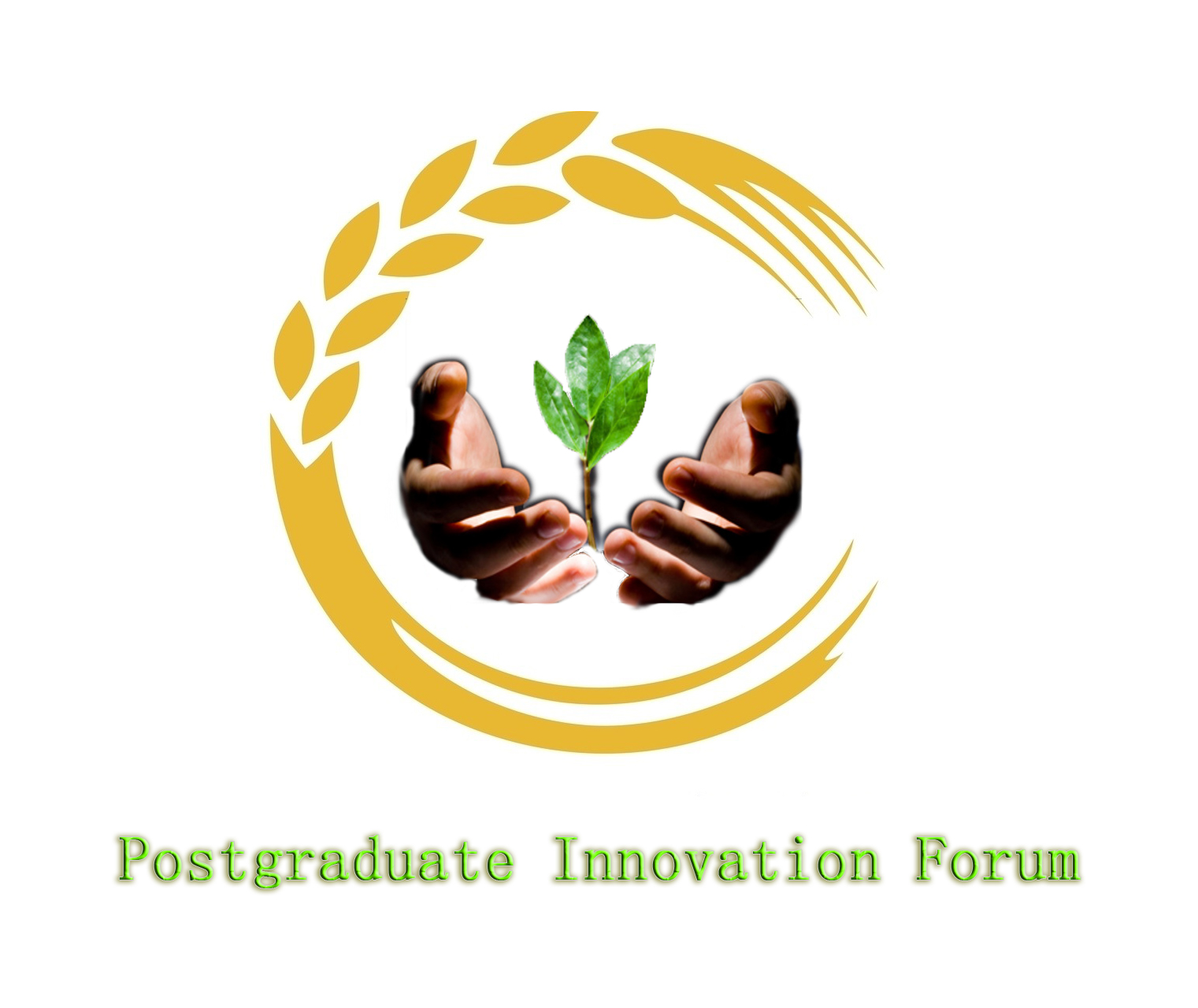研究生创新论坛交流成果展(第三期)

Abstract:
Background: Upland Cotton (Gossypium hirsutum) is one of the most important crops in the world as it provides natural fiber of high quality for the industrial production and human’s life. The next-generation sequencing (NGS) is a powerful method to identify single nucleotide polymorphism (SNP) markers at large scales for the construction of high-density genetic map (HDGM) for QTL mapping.
Results: In this research, a recombinant inbred lines (RIL) population developed from two upland cotton cultivars 0-153 and sGK9708 was used to construct a HDGM through the specific length amplified fragment sequencing (SLAF-seq) method. The HDGM harbored 5,521 SNP markers which covered a total distance of 3259.37 cM with an avenge marker interval of 0.78 cM without gaps larger than 10 cM. In total 18 QTLs of boll weight were identified as stable QTLs which were detected in at least 3 out of 11 environments and explained 4.15%-16.70% of the observed phenotypic variation (PV). Totally, 344 candidate genes were identified within the confidence intervals of these stable QTLs based on the cotton genome sequence. These genes were categorized based on their function through gene ontology (GO) analysis, Kyoto Encyclopedia of Genes and Genomes (KEGG) analysis and eukaryotic orthologous groups (KOG) analysis.
Conclusions: This research reported the first HDGM for Upland Cotton (Gossypium hirsutum) with a RIL population using SNP markers developed by SLAF-seq. We also identified QTLs of boll weight trait across 11 environments and identified candidate genes within the QTL confidence intervals. The results of this research would provide useful information for the next-step work like fine mapping, gene functional analysis, pyramiding breeding as well as marker-assisted selection (MAS)
Key words Upland cotton (Gossypium hirsutum L.), QTL mapping, SLAF-seq, boll weight, SNP marker
版权所有 yl6809永利(中国)官方网站 - BinG百科 我们的位置 您好,您是第位访客